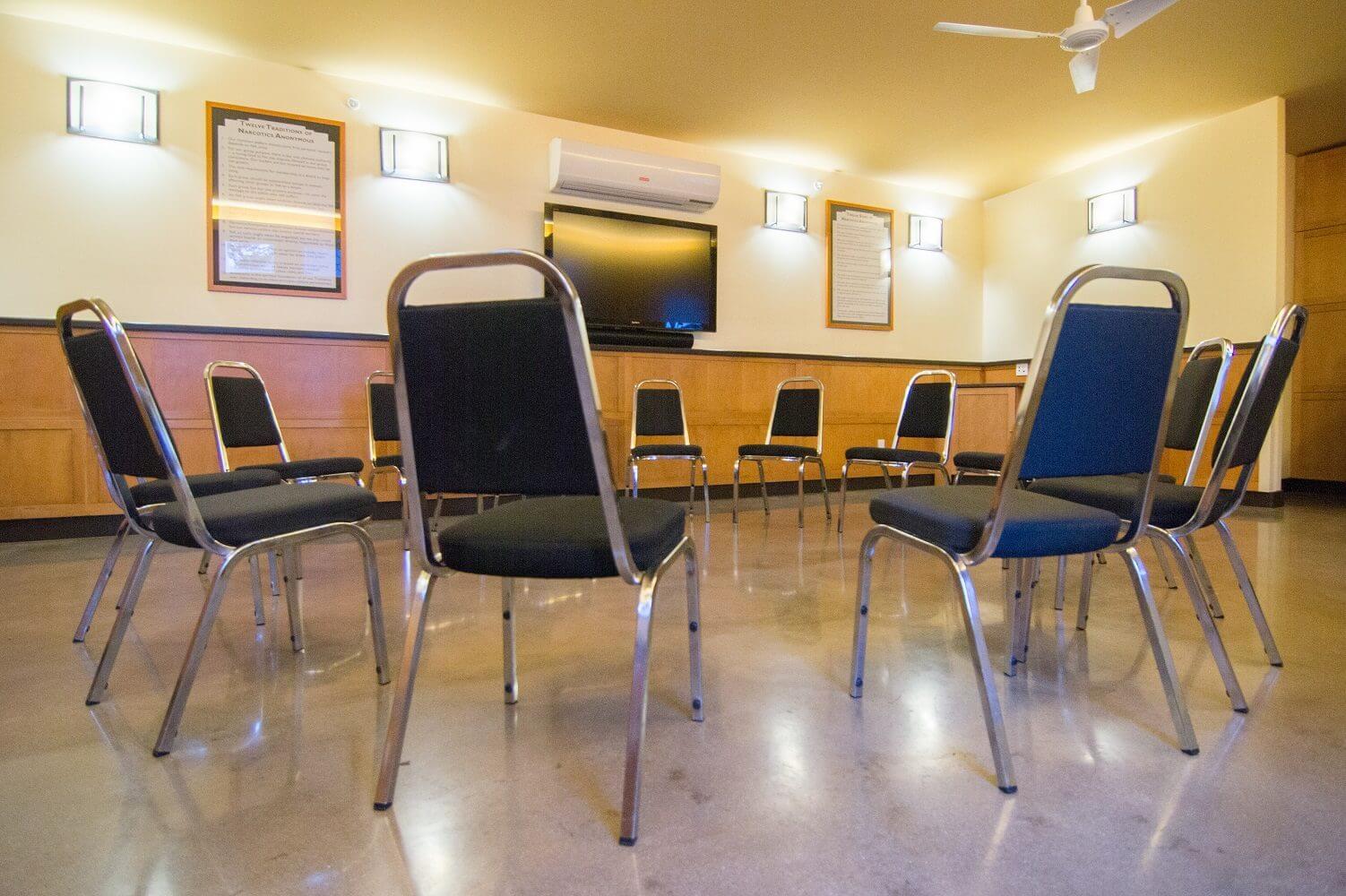Find Methadone Treatment Near Gwynneville IN
If you believe that methadone therapy might aid in your recovery, please get in touch with us immediately so that we can help you locate a clinic in your area.
To the contrary, everyone has experienced fatigue at some point in their lives. Once a patient's methadone dose has been established, it will no longer cause them to feel any more sleepy or drugged than usual. During the beginning of therapy, drowsiness is possible, but it typically improves or goes away as the methadone dosage is increased and maintained.
Cognitive Behavioral Therapy (CBT) is one method that certain methadone clinics may use to assist their patients deal with the psychological effects of opiate addiction. After the initial phase of physical withdrawal has passed, psychological symptoms like as cravings, anxiety, irritability, and stress may begin to manifest in the patient. CBT is useful because it helps patients prevent relapse and keep continuing in the right direction by preparing them for the difficulties they may experience following the physical withdrawal period.
Cognitive-behavioral therapy (CBT), which may be offered at methadone clinics or suggested by them, may help patients who are having trouble with the mental parts of opioid addiction. After the first stage of physical withdrawal symptoms, the person may feel cravings, anxiety, irritability, and tension. Cognitive-behavioral therapy (CBT) helps patients by getting them ready for any problems they might face after the physical withdrawal stage. It also helps people stay clean and stops them from using again.
Doctors, nurses, and other clinical staff watch over patients around the clock while they go through the opioid detox process. This is done to keep them safe, comfortable, and healthy while they go through the hard withdrawal phase. The first set of physical withdrawal symptoms from opiates can last from a week to a month.
If a person has a severe and long-lasting addiction to opioids, they may choose to start their recovery with a medical detox. Our survey of current and former opioid users showed that 59 percent started their treatment at an inpatient or residential care facility, while 29 percent went through medical detox first.


